Here’s a classic no-brainer for you. When Ford launched the Wildtrak trim specification on the Ranger ute way back in 2009, it could hardly have predicted what a sales success it would become. In fact, so well received was the Wildtrak package with its lairy stripes and extra standard equipment, that it has since spawned a sub-set known as the Ranger Wildtrak X.
The no-brainer bit is that the Wildtrak deal would eventually be carried over to the mechanically similar Everest in a bid to liven up the image of what is - for most of us - the best ute-based SUV wagon on the market right now. Okay, so there are no plans for a Wildtrak X Everest version (not that Ford wants to tell us about anyway) but the Ranger Wildtrak’s approach has been followed for the big family wagon with some impressive results.
The real question, of course, is whether the Everest needed the Wildtrak stamp in the first place and whether that work-and-play theme gives the newcomer a greater appeal or simply blurs the focus of what the Everest has already become. After all, compared with the average cashed-up tradie who buys a Ranger, a mortgaged-up family in 2023 is possibly less likely to be prepared to spend extra on the promise of weekend fun vibes.
Ford Everest 2024: Wildtrak Special Edition (4Wd)
| Engine Type | Diesel Turbo V6, 3.0L |
|---|---|
| Fuel Type | Diesel |
| Fuel Efficiency | 8.5L/100km (combined) |
| Seating | 7 |
| Price From | $67,650 - $77,770 |
| Safety Rating |
|
Price and features – Does it represent good value for the price? What features does it come with?
8 / 10
As usual, a new model slotted in between existing ones only makes the price-list a more crowded place, and the Everest Wildtrak’s $74,704 ticket lobs it into the mix between the Sport 4WD at $72,490 and the flagship Everest model, the Platinum at $79,490.
For the record, according to Ford, the Sport model marks a split in the Everest range where the offerings fall either into the luxury side of things (Platinum) or the adventure category (Wildtrak). Does that help? Maybe…

The big question, of course, is what you get for the extra money over an Everest Sport V6. That starts with the exterior touches which include Wildtrak badges on about half the car’s panels as well as grey highlights on the grille. There are specific front and rear bumpers for the Wildtrak and silver roof rails. Luxe Yellow is also offered on the Wildtrak, the first time for an Everest, but are we the only ones who think it’s kind of last year’s colour?
Inside, the charcoal leather trim is accented by orange stitching (which looks better than it sounds) and the driver’s seat is 10-way electrically adjustable. The passenger’s seat is eight-way adjustable and both front pews are heated and ventilated. A giant panoramic sunroof can be opened or simply unmasked to break up the interior darkness.

There’s also ambient lighting inside (with zone lighting for the exterior) and the 360-degree camera system is also fitted. A tyre pressure monitoring system is also standard which is one of the most important steps up from the Sport model.
Speaking of tyres, the Wildtrak also has a choice of all-terrain or more conventional road-oriented tyres which we’ll get to in a moment. The all-terrains are a no-cost option.
So what’s missing? Not much. Paddle shifters would definitely make a nice addition, especially considering the fiddly selector switch you get instead. But as it sits, the extra kit over the Sport really does seem to justify the extra money being asked.
Design – Is there anything interesting about its design?
9 / 10
The Everest is cut from the same cloth as many of its competitors, being based on a dual-cab ute that is fitted with a station-wagon body. And like those other vehicles, the ute’s rear leaf-springs have been replaced with coil springs for better ride quality. Even though the rear axle is still a solid one (not independent suspension) the coils do a better job of smoothing out the ride and the Everest gets away with this extra compliance because it’s not being asked to carry a huge payload in the back.
That said, the vehicle still manages to retain the Ranger ute’s 3500kg braked towing capacity (not all its competitors can pull off this trick) so that’s kind of impressive in itself.

While tyres often maketh the car, in this case, Ford has given buyers a choice. If you really want to make the most of the Everest’s impressive off-road ability, then the no-cost optional all terrains on 18-inch alloy rims are the way to go. Our test car, however, was fitted with the more road-oriented Goodyear Wranglers in a 255/55 R20 fitment.
Practicality – How practical is its space and tech inside?
8 / 10
While some Everests are five-seaters, the Wildtrak gets the seven-seat layout with the rear row of seats folding flat when not in use to give a decent amount of luggage space. But even when all seven chairs are in use, however, the Everest doesn’t suffer quite the same lack off cargo space as any other vehicle this size and layout. The luggage bay also gets a small underfloor storage area and a single 12-volt socket as well as tie-down points but no cargo nets.
Access to the third row is also a bit tricky for bigger folk (again, no surprises there) and, like the first and second rows, the seats seem a bit short on padding and the second-row-centre position remains the short straw. But the best thing about the Everest’s second row seating is that it addresses the common complaint in dual-cab utes of the seat’s backrest being too upright. And the solution to that? A backrest that can be reclined. Hallelujah.
It’s nice to see touches like the reading lights in the second and third row, air vents ditto and cup-holders for the third row. The second row also gets control over the temperature and fan speed and there’s a pair of charging ports for the second row, too. But put a taller person in the second row behind a 182cm driver, and suddenly the leg-room starts to turn adequate rather than generous.
The heated, ventilated front seats are great but if anything, the cushions themselves might lack a bit of padding. That will probably be a bonus for longer journeys, but at first acquaintance, the seats do seem a bit firm. Better news is a tilt and reach-adjustable steering column which still seems to be hard to find in this type of vehicle.
The menu-driven systems are all easy to work out and use thanks to the huge central screen and phone connectivity is fast and easy. The voice-control function works very well, too.
Our biggest ergonomic complaint arrives when it comes time to manually select gears. Even if Ford didn’t want to fit paddle-shifters (which it hasn’t) there’s always the possibility to use the T-bar selector as a means of simply and accurately shifting ratios. But it hasn’t done that either. Instead, you get a fiddly little switch on the side of the selector, which is black on black just to make things trickier. Fail.
Under the bonnet – What are the key stats for its engine and transmission?
8 / 10
While the Ranger Wildtrak is available with either the V6 turbo-diesel or the 2.0-litre four-cylinder twin-turbo diesel, the Everest Wildtrak is a V6-only deal. This is no hardship and the V6 remains a terrific powerplant, even if it’s getting a bit long in the tooth tech-wise.
Peak power is 184kW and torque is a mighty 600Nm available from as little as 1750rpm. Transmission is the usual 10-speed automatic but, because it’s a V6 Everest, it gets the more sophisticated driveline that offers the option of full-time high-range all-wheel drive for bitumen work.

In the scrub, where this wouldn’t make much difference (since either version would be in low-range) the standard locking rear-differential of the V6 driveline will make a big difference. And when you do find yourself on a slippery tarmac road, the option to switch to all-wheel drive is a huge boost to safety and driver confidence.
The Everest also has driver-selectable drive modes to tailor things like throttle response and traction control to suit the conditions. Modes include Normal, Towing, Eco, Slippery, Mud/ruts and Sand. A rotary knob in the centre console controls all these drive mode and all-wheel-drive features.
Efficiency – What is its fuel consumption? What is its driving range?
7 / 10
Ford claims an official combined fuel economy figure of 8.5 litres per 100km for the Everest Wildtrak. Combined with the standard 80-litre fuel tank, that gives a theoretical range of about 940km, but in reality, experience with this engine has shown that closer to 10 or even 11 litres per 100km is a more realistic figure. At that point, the safe range drops back to 800km, and a lot less than that around the city and suburbs. However, the Ford is not alone there.

It's also worth mentioning that, like all Everest variants, the V6 requires the addition of AdBlue, so that needs to be factored in as an ongoing running cost.
Driving – What's it like to drive?
8 / 10
The whole Everest Wildtrak experience is surprisingly smooth, relaxed and refined. The engine’s exhaust system has been tuned to give more of a snarl than the diesel engine’s usual grumble, and there’s no doubting the performance or lack of turbo lag which, combined with a gear for every occasion, means the Everest is never caught napping when you need to plug a gap in the traffic.
The steering is relatively remote (to suit off-road use) and hardly what you’d call fast, but it’s accurate enough and light enough never to be a chore.
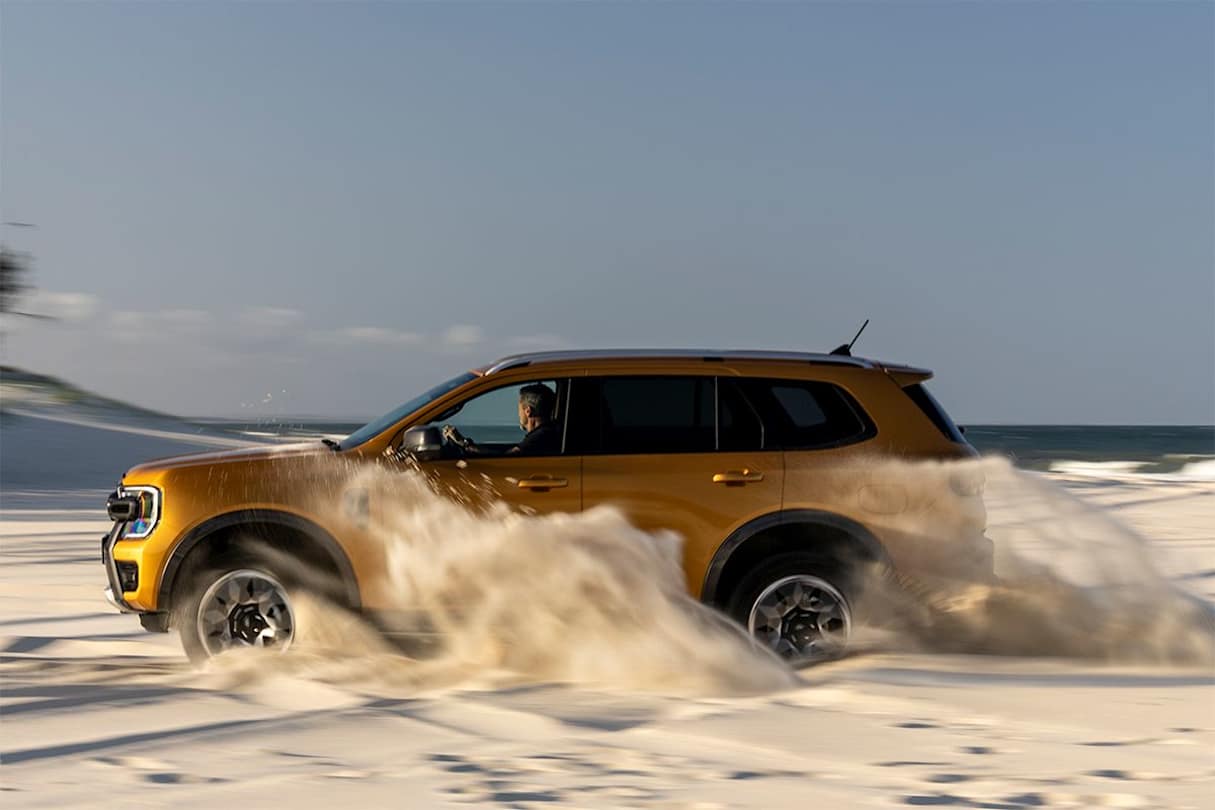
The other big contributor to that sense of relaxed progress is the suspension. It’s not only well damped, but also very quiet with only a hint of tyre rustle entering the cabin under most circumstances. Which brings us back to those option tyres.

Frankly, it’s very difficult to see why you’d not tick the box for the all-terrain tyres. At 18 inches, they have a lot more sidewall than the 20-inchers on our test car and that would neatly get rid of the only ride-handling complaint; that of a little bump-thump at low speeds over driveways, gutters and joins in the bitumen. It’s never uncomfortable per se, but the 18-inch wheel and tyre package would make the cabin even more insulated with the added benefit of giving the car the full off-road ability it otherwise possesses. As it is, it will be the 20-inch tyres that put a stop to the fun in the scrub before anything else on the Everest runs out of talent.

As a family car, the Ford also makes plenty of sense. It’s big inside, well equipped and apart from the physical size of it, it poses no real problems beyond actually fitting in your driveway or garage. Some may find the numb steering and sheer bulk of the car (as well as the high dashboard) makes it feel a bit daunting, however.

Actually, there is one other thing to mention and that is this: The Everest is so quiet at speed and so laid back even at highway speeds that it feels like you’re travelling a lot slower than you actually are. Thankfully, the digital speedometer is clear and easy to read on the run. You’ll be needing it.
You may also wish to turn off the active steering assistance as, while it’s far from the most invasive system out there, it’s still proscriptive and lacks any sort of sense of humour. The same goes for the stop-start technology which, since this is a diesel engine, inevitably puts a shudder through the vehicle every time it restarts.
Warranty & Safety Rating
Safety – What safety equipment is fitted? What is its safety rating?
9 / 10
Just because it’s based on a ute, doesn’t mean the Everest (or the Ranger itself) isn’t extremely well equipped safety-wise. The latest driver aids include autonomous emergency braking, adaptive cruise-control, hill start and hill descent, lane keeping assistance, blind-spot monitoring, cross-traffic alert, post-crash braking, traffic-sign recognition, tyre-pressure monitoring and a 360-degree camera.
On the passive side, the Everest runs to nine airbags, including front knee bags, a centre bag and full-length curtain bags for every outer seating position, and has three-point seat belts in every position.
The Everest itself hasn’t been ANCAP tested, but has been awarded the full five stars on the basis of the ANCAP testing of the Ranger ute. ANCAP was satisfied that the Ranger’s performance was transferable to the Everest’s crash safety rating.
Ownership – What warranty is offered? What are its service intervals? What are its running costs?
7 / 10
Ford’s standard factory warranty for the Everest is five years/unlimited kilometres.
There’s also the option of pre-paid servicing, available when you purchase the vehicle brand new. By locking in the servicing cost, you can pay for the first four scheduled services up to 60,000km or four years, whichever comes first. That’s worked out in accordance with the vehicle’s 12 month/15,000km service intervals.
The Ford Australia website also has a service-cost calculator function where you can input your vehicle’s details and a fixed-price service cost will be worked out for you.
Verdict
The extra money you’ll pay for an Everest Wildtrak over the next-model-down Sport V6 seems entirely justified by the extra equipment. And, like any V6-powered Ranger or Everest, the end result stands head and shoulders above the bulk of its competition in terms of how it works and feels to drive. That alone, marks it as a vehicle that you’d certainly shortlist if you’re in the market.
The sophisticated driveline is a tad thirsty compared with some newer engine designs, but you can’t argue with the actual performance, nor the refinement which tip the Everest into another level of sophistication. The safety package too, leaves most of the Everest’s competition wanting.
Our caveat on all this, however, would be that you choose the no-cost optional all-terrain tyres and 18-inch alloy wheels. These would not only give the ride quality that final lick of polish, but would also open up the vehicle’s otherwise massive potential as an off-roader.
Pricing Guides






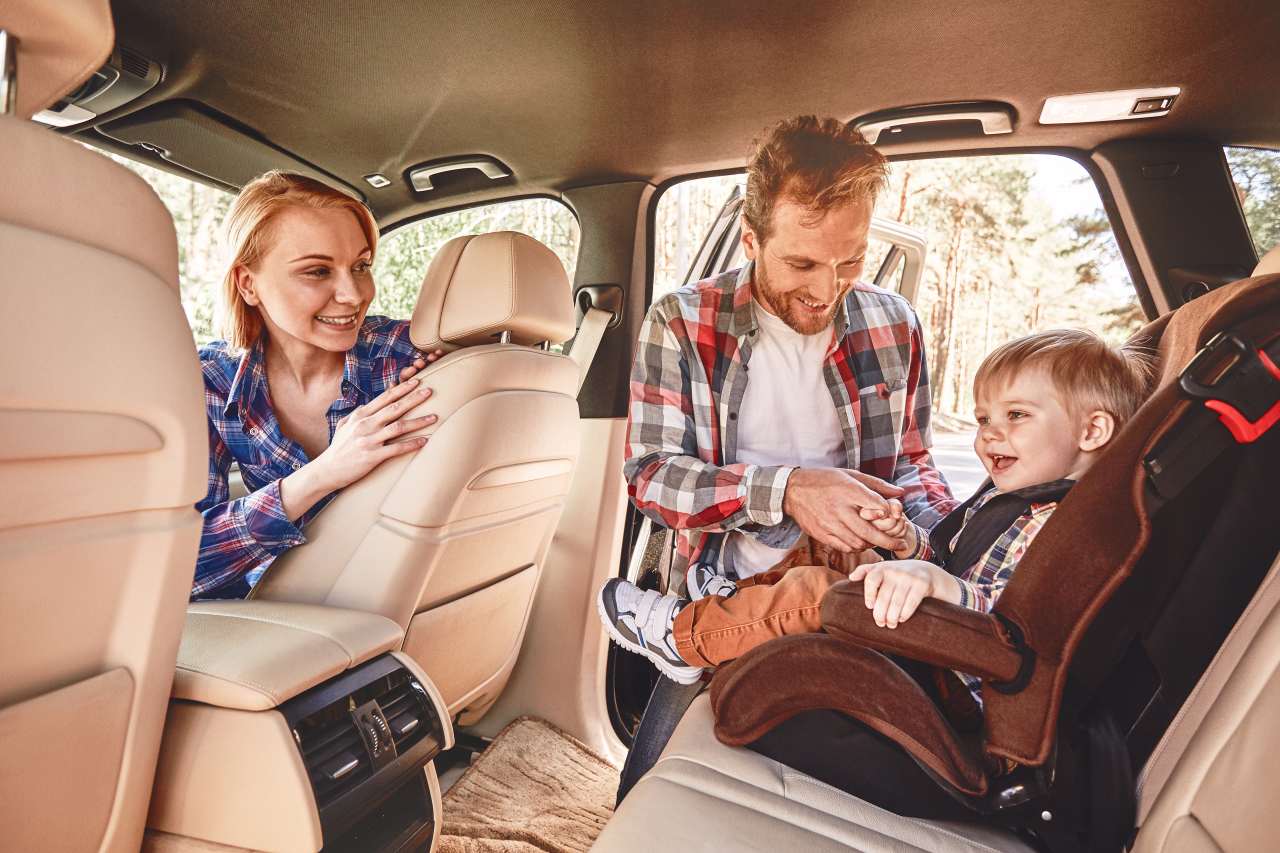
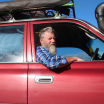
_0.jpg)
.jpg)
.jpg)
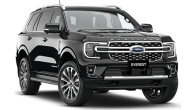

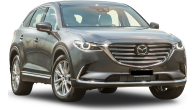
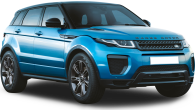

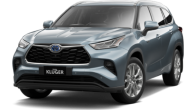
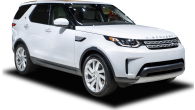


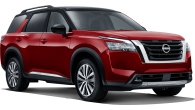


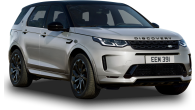


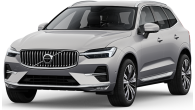






.png)
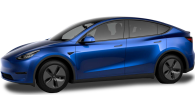
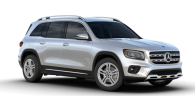




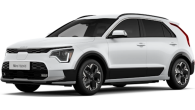
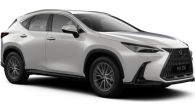

.jpg)
.jpg)


.jpg)
